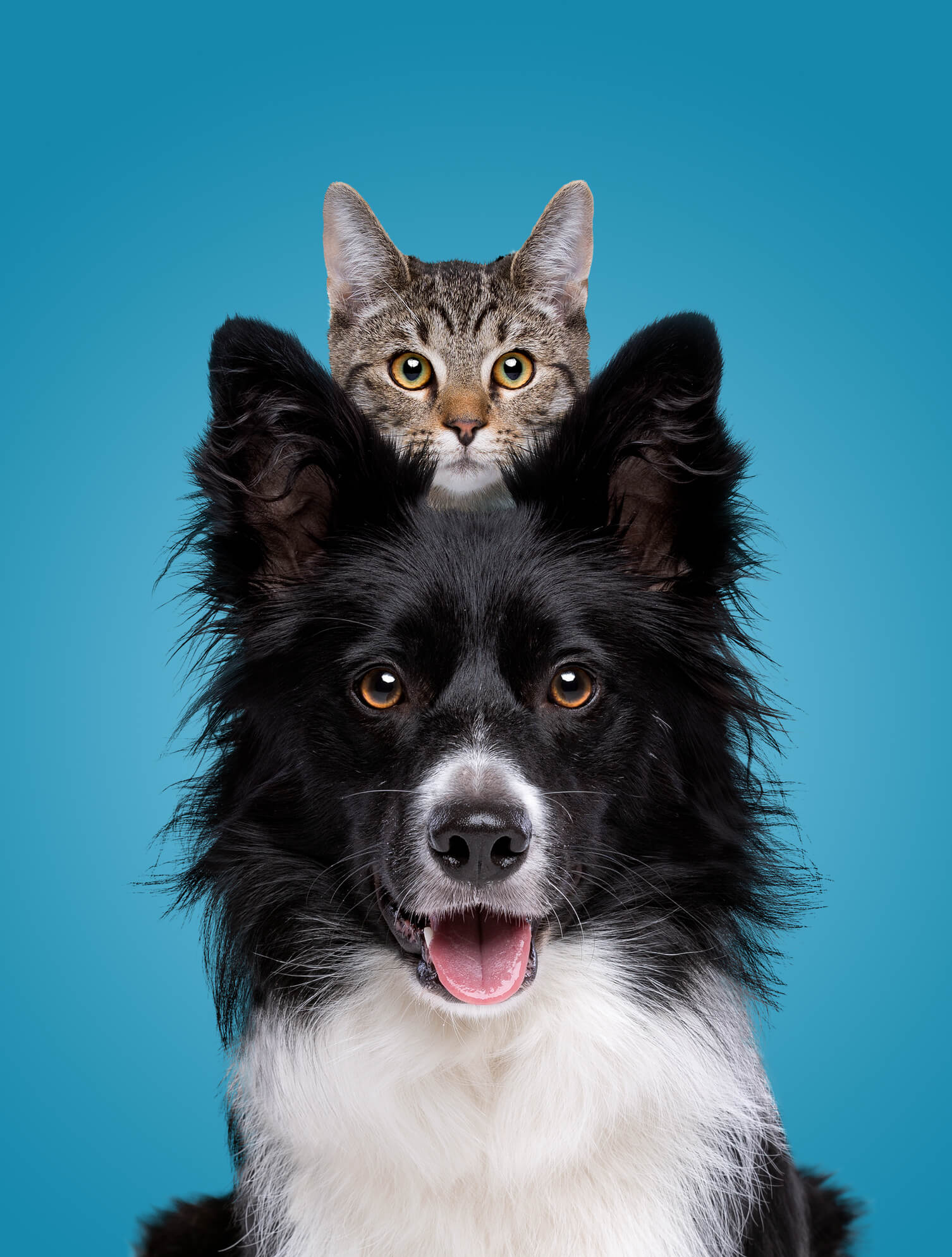A SIXTH SENSE “WITH A MUSTACHE”
Our beloved cats are characterized by soft fur, pointed ears and the inevitable mustache! What we commonly call ” mustaches ” however, are actually the so-called “ Vibrisse ” , and they are anything but simple mustaches. It is in fact real tactile organs , extremely important for our cat, because it is thanks to these that it can interact with the external environment and move freely in space.
Cats, in fact, even if they boast an excellent view over long distances (ideal for spotting the most distant and hidden prey), they do not see well, however, up close and for this reason they rely heavily on the abilities of their whiskers .
A curiosity: when kittens are born they are deaf and blind and therefore rely completely on whiskers to be able to perceive and move in space.
But let’s go a little more into the detail of this fascinating feline organ, which for him constitutes a real “sixth sense” .
THE VIBRISSE DEL GATTO: CHARACTERISTICS AND OPERATION
Meanwhile, let’s start by saying that the whiskers not just the mustache! What we would commonly define as the cat’s “eyebrows” are also whiskers. And besides on the muzzle then (around the nose, lips and above the eyes) whiskers are also found behind the legs. This is precisely to assist the animal in the perception of the external environment and the movement within it.
Generally the cat has about 24 movable whiskers, 12 for each side, arranged in four horizontal rows, and each row moves independently of each other. The whiskers are more than twice as thick as normal hairs and the bulbs from which they arise are three times deeper than normal hair bulbs. This is because the whiskers, to perform their important functions, are in connection with numerous nerve endings suitable for transmitting impulses. Precisely for this reason we can define the whiskers as gods real “radars” that are used by the cat to explore and move in space .
Precisely for this reason the length of the whiskers on the cat’s face corresponds exactly to the width of its body: because it allows him to understand how to move in space and in which spaces he can slip into and which ones not. Here, in a slender cat, the whiskers will be shorter than those of a slightly chubby cat.
Another characteristic of the whiskers is that, just like the hair, they can change color depending on the age of the cat.
One thing to watch out for : if you notice that the cat does not like to eat from the bowl , but tends to pull the food out with its paws, most likely it is because its bowl is narrow and long and the cat is beating its whiskers while eating. or drink. This causes considerable stress to the animal since these extremities, as we have said, are extremely sensitive. Our advice is therefore to provide the animal with large and shallow bowls (better still, for food, a saucer).
THE VIBRISSE OF THE CAT: WHAT THEY ARE FOR
As we will have guessed from the characteristics and conformation of these organs, the vibrissae are mainly used to capture every small object or external stimulus (even the most imperceptible thread of air) and transmit it to the nerve endings so as to make the cat aware of the conformation of the space where is situated, any dangers or obstacles to avoid, the size of these and the different distance between the objects. In short, real exploratory organs.
Thanks to these, in fact, our cat can climb , move well even in the dark , hunt , taking all the essential information on the shape and movement of a prey.
But the whiskers are useful to the cat even when it is at rest. In fact they allow him to perceive drafts, humidity , and other important information about the surrounding environment.
THE VIBRISSE OF THE CAT AS A TOOL OF COMMUNICATION
Another important aspect of the whiskers, even if secondary, is to allow us to guess the mood of our cat, based on their position !
If we see that our cat puts his whiskers backwards, we must not disturb him, because he is assuming the best position to launch himself towards the prey he is aiming for! Therefore is under attack .
If, on the other hand, we notice that the cat points its whiskers directed forward , it means that it is curious about what it is in front of, and is in the exploratory phase .
Finally, if the whiskers seem to form an arc , it means that the cat is in a relaxed situation and feels calm and relaxed.
(If you want to learn more about this topic, read the article on how to best communicate with the cat ).
As we will have understood, the whiskers are a very important organ for the life of our feline , and for this reason it is important to take great care of them and never, ever cut the cat’s whiskers! We absolutely do not believe in absurd, false and dangerous rumors, such as the one that by cutting the cat’s whiskers this will not run away from home. It’s not true! The only result would be to cause great damage to the animal, compromising its balance and its ability to move.
If, on the other hand, we find some whiskers around, there is no need to be frightened because, just like the hairs on the coat ( “Does the cat lose its hair? That’s why”), these follow the same life cycle and therefore tend to grow back naturally. If we find any on the ground, it simply means that there has been a replacement.
If you liked the article and want to find out more about our feline friends, you could read the article: “because the fact purrs” .


